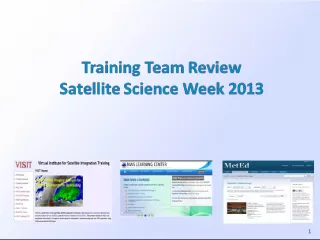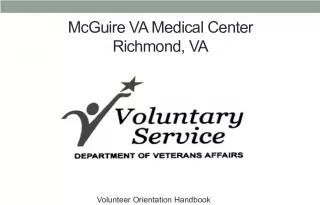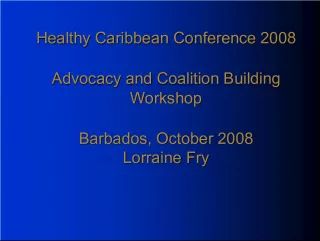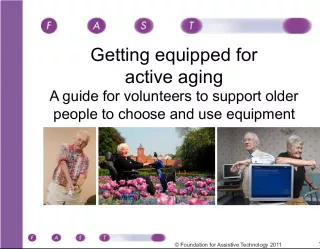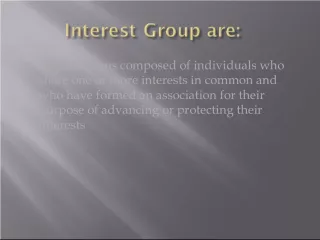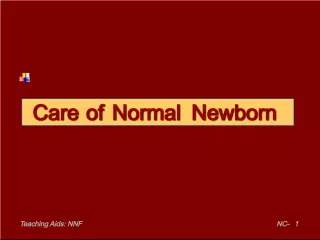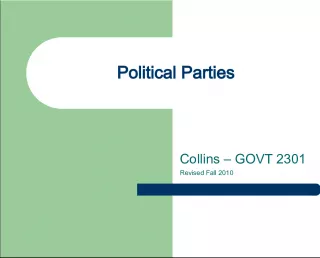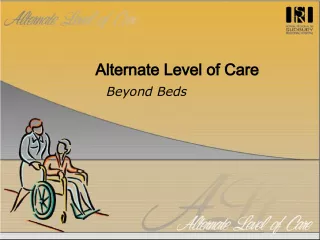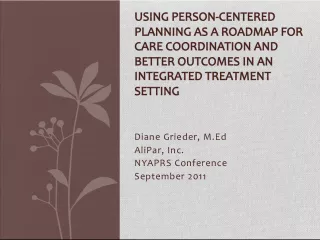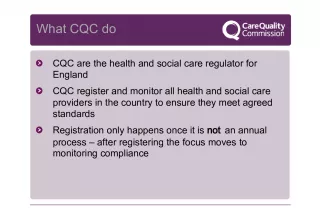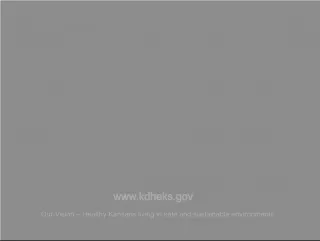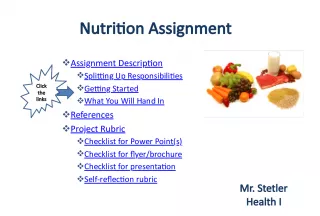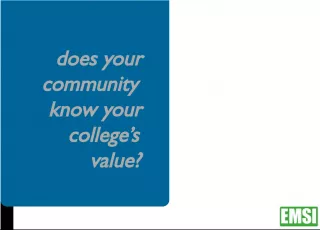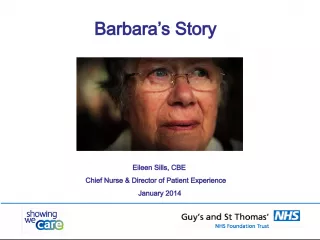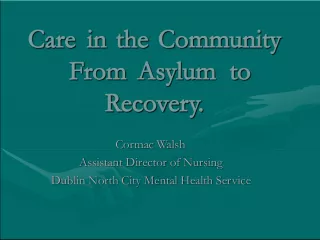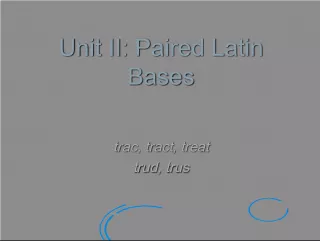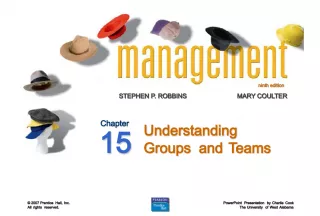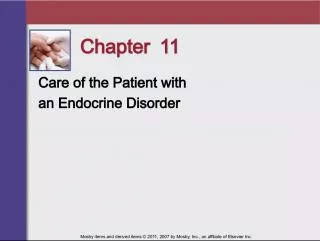Care Groups - Building Healthy Communities through Volunteers
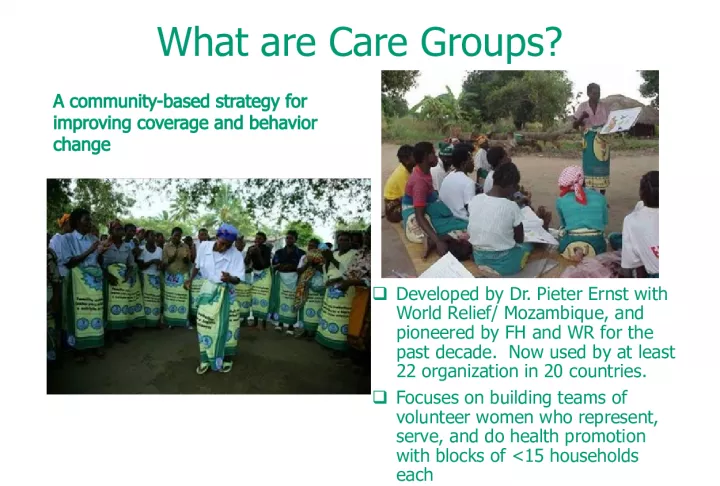

Care Groups is a community-based strategy developed by Dr. Pieter Ernst in partnership with World Relief Mozambique, and pioneered by FH and WR for the past decade. This strategy focuses on
- Uploaded on | 3 Views
-
 bertram
bertram
About Care Groups - Building Healthy Communities through Volunteers
PowerPoint presentation about 'Care Groups - Building Healthy Communities through Volunteers'. This presentation describes the topic on Care Groups is a community-based strategy developed by Dr. Pieter Ernst in partnership with World Relief Mozambique, and pioneered by FH and WR for the past decade. This strategy focuses on. The key topics included in this slideshow are . Download this presentation absolutely free.
Presentation Transcript
Slide2What are Care Groups? Developed by Dr. Pieter Ernst with World Relief/ Mozambique, and pioneered by FH and WR for the past decade. Now used by at least 22 organization in 20 countries. Focuses on building teams of volunteer women who represent, serve, and do health promotion with blocks of <15 households each A community-based strategy for improving coverage and behavior change
Slide3This example: “9x12x14 structure”1 Supervisor
Slide4CGV#10 CGV #1 CGV #7 CGV #11 CGV #12 CGV #4 CGV #2 CGV #3 CGV #9 CGV #8 CGV #6 CGV #5 Care Group Mum #10 Mum #1 Mum #7 Mum #11 Mum #12 Mum #4 Mum #2 Mum #3 Mum #9 Mum #8 Mum #6 Mum #5 Small Group #1 Mum #10 Mum #1 Mum #7 Mum #11 Mum #12 Mum #4 Mum #2 Mum #3 Mum #9 Mum #8 Mum #6 Mum #5 Small Group #12 Mum #10 Mum #1 Mum #7 Mum #11 Mum #12 Mum #4 Mum #2 Mum #3 Mum #9 Mum #8 Mum #6 Mum #5 Small Group #11 Mum #10 Mum #1 Mum #7 Mum #11 Mum #12 Mum #4 Mum #2 Mum #3 Mum #9 Mum #8 Mum #6 Mum #5 Small Group #10 Mum #10 Mum #1 Mum #7 Mum #11 Mum #12 Mum #4 Mum #2 Mum #3 Mum #9 Mum #8 Mum #6 Mum #5 Small Group #9 Mum #10 Mum #1 Mum #7 Mum #11 Mum #12 Mum #4 Mum #2 Mum #3 Mum #9 Mum #8 Mum #6 Mum #5 Small Group #8 Mum #10 Mum #1 Mum #7 Mum #11 Mum #12 Mum #4 Mum #2 Mum #3 Mum #9 Mum #8 Mum #6 Mum #5 Small Group #7 Mum #10 Mum #1 Mum #7 Mum #11 Mum #12 Mum #4 Mum #2 Mum #3 Mum #9 Mum #8 Mum #6 Mum #5 Small Group #6 Mum #10 Mum #1 Mum #7 Mum #11 Mum #12 Mum #4 Mum #2 Mum #3 Mum #9 Mum #8 Mum #6 Mum #5 Small Group #5 Mum #10 Mum #1 Mum #7 Mum #11 Mum #12 Mum #4 Mum #2 Mum #3 Mum #9 Mum #8 Mum #6 Mum #5 Small Group #4 Mum #10 Mum #1 Mum #7 Mum #11 Mum #12 Mum #4 Mum #2 Mum #3 Mum #9 Mum #8 Mum #6 Mum #5 Small Group #3 Mum #10 Mum #1 Mum #7 Mum #11 Mum #12 Mum #4 Mum #2 Mum #3 Mum #9 Mum #8 Mum #6 Mum #5 Small Group #2 CGV #1 CGV #2 CGV #3 CGV #4 CGV #5 CGV #6 CGV #7 CGV #8 CGV #9 CGV #10 CGV #11 CGV #12 Prom
Slide5Care Groups Outperform in Behavior Change: Indicator Gap Closure: Care Group Projects vs. CSHGP Average Care Groups Outperform in Behavior Change: Indicator Gap Closure: Care Group Projects vs. CSHGP Average Gap closure range for Care Group projects: ~35 – 70% (Avg = 57% ) Gap closure range in non-CG projects ~25 – 45% (Avg. = 37% )
Slide6Care Groups and Estimated Reduction in Child Deaths Care Groups and Estimated Reduction in Child Deaths
Slide7This presentation was madepossible by the generous support of the American people through the United States Agency for International Development (USAID). The contents are the responsibility of Save the Children and do not necessarily reflect the views of USAID or the United States Government.
